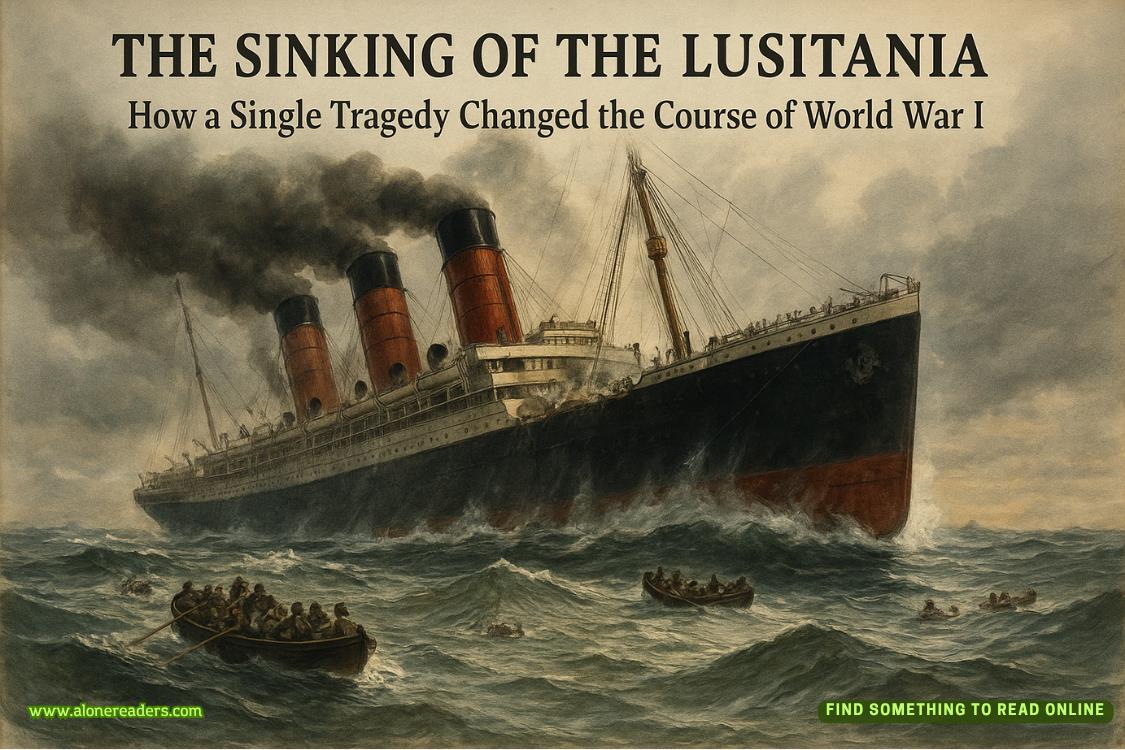Is it my imagination, or is his tone kind of dismissive?
Before I can consider it further, Dr. Lansing moves to the next table.
And then all I can think about is what he might look like without a shirt.
It’s sure as hell more appealing than thinking about the dead person lying in front of me.
Chapter Two
Jason
There’s one in every class—a student who thinks he or she is going to save the world from the current mental health crisis.
A worthy goal, for sure.
But an impossible one.
I’m living proof of that.
And of course for this lab, she has to be the most beautiful woman in the room. She’s tall, slender, with a gorgeous head of dark hair pulled into a ponytail, beautiful brown eyes, and full pink lips.
I listen with one ear as the rest of the students introduce themselves.
Once everyone is done, I move back to the front of the room. “Are you all ready?”
I get several resounding yeses.
Nothing from Angie Simpson, though. She looks like she’s about ready to lose her breakfast.
I take a steadying breath and look around the room, making sure every student is focused and ready—or as close to ready as they can be. This first encounter is a memory they’ll carry long after they’ve left this lab. I still remember the day I saw my first cadaver.
I knew then I’d be a surgeon.
I just didn’t know how short my time as a surgeon would turn out to be.
“Let’s begin.” I move to another table in front. I can’t be so close to Angie Simpson. Something about her makes me feel things I’ve long forgotten.
The cadaver at the next table lies covered in a heavy sheet. “We’ll start by uncovering just the thoracic area, the upper chest,” I say. “This way, you’ll see just a section of the body, not the whole, which helps keep our focus and eases us into this process.”
I reach down and slowly lift the top of the sheet, just enough to reveal the shoulders and upper chest.
The room is silent, filled only with the soft sound of fabric moving.
“This is the thoracic cavity,” I say. “In here, we have the heart, the lungs, and vessels that carry life to every part of our bodies.”
I pause and look around the room. Some students’ eyes widen, others look deeply thoughtful. “Now, reach out, place your gloved hand gently on the sternum here, at the center.” I demonstrate, pressing lightly. “This is the core of the chest. From here, we’ll feel the ribs, the borders of the thoracic cavity. Take your time, feel the shape, imagine the movement that once filled these lungs with breath.”
I walk around the room. From some students I sense curiosity. From others, astonishment. From a few, boredom. All normal.
Then I lock eyes with Angie Simpson. No boredom there. Definitely no curiosity. Maybe a little astonishment.
Mostly she seems to be giving off a mix of dread and determination. Her hands are as white as the sheet covering the body in front of her. She looks like she’s holding her breath, as if the weight of the moment might overwhelm her.
Her lab partner has uncovered the chest and is probing it with her gloved hand.
But Angie hasn’t touched anything yet. She’s only now snapping on her gloves.
“You doing okay?” I ask.















